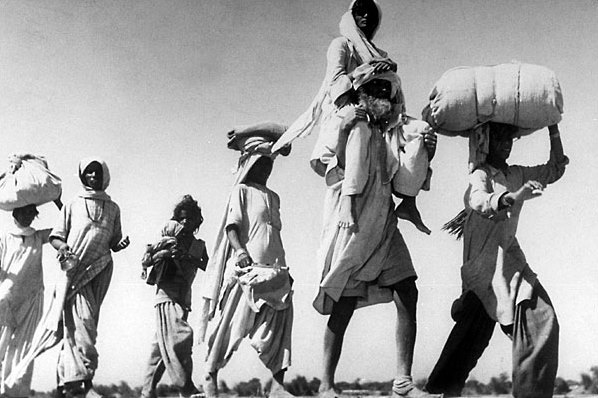
LAHORE: “The British had socially and culturally molded people in the Punjab to be subservient to military interests, a trend that continues to date,” said Reza Ali, principal of the R Ali Development Consultants, a research consultancy founded in 1972.
He was speaking at a discussion on Punjab and Pakistan’s Grand Migrations, organised by the Trust for History Art and Architecture (Thaap).
Ali said the current classification of urban and rural areas was based on the 1983 census under which a lot of semi-urban and urban areas had been classified as rural. He said the divisions by the British during the initial years of the canal colonisation scheme, from 1883 onwards, had had a lasting impact on the population distribution in the Punjab. He called the project the first major migration within the Punjab, second being the migration during and after the 1947 partition.
Ali said that while the primary purpose of developing the canal system was development of agriculture, a political aspect was also associated with the project.
“This political agenda is clearly evident in the official documents of that time.”
Ali spoke about various schemes that the British had introduced along the canals. He said major development was carried out in the upper and lower Bari region. It was “the most significant and largest of these developments”, he said.
He said that in those development schemes, plots of various sizes were given away as grants – in three categories.
These included abadkars who could cultivate the land themselves and remain tenants if they remained loyal to the British rule. Then there were the safaid posh who could acquire the property after tenancy for five years. A large portion was given to the raeeses who were already wealthy land owners loyal to the British.
Ali said a large proportion of the land was given to those developing it for military production such as horse breeding. “A large proportion of those who received the grants came from Ambala, Ludhiana, Hoshiarpur, Jallendhar and Amritsar which also had a strong representation in the military.”
He said land grants based on loyalty to the British created a new ruling class.
“Most of these are the names we still hear today such as the Tiwanas of Shahpur and the Noons,” he said. He said that from 1891 to 1941, population in the West Punjab had doubled.
He said the nature of development in the Punjab was different from other areas. He said production of wheat, cotton and other cash crops had increased significantly. But while the industry developed and thrived in other provinces during the 1900s, it remained limited in the Punjab.
Ali said official documents from the time showed that contribution of industry in the Punjab grew from 2.8 per cent of its economy to 3.8 per cent.
In Bombay, on the other hand, it grew from 21.6 per cent to 36.5 per cent during the same period.
Ali said that in the Punjab, land holding was the major source of economic growth. Serving in military was the second option available.
Published in The Express Tribune, May 3rd, 2015.




























































COMMENTS (3)
Comments are moderated and generally will be posted if they are on-topic and not abusive.
For more information, please see our Comments FAQ